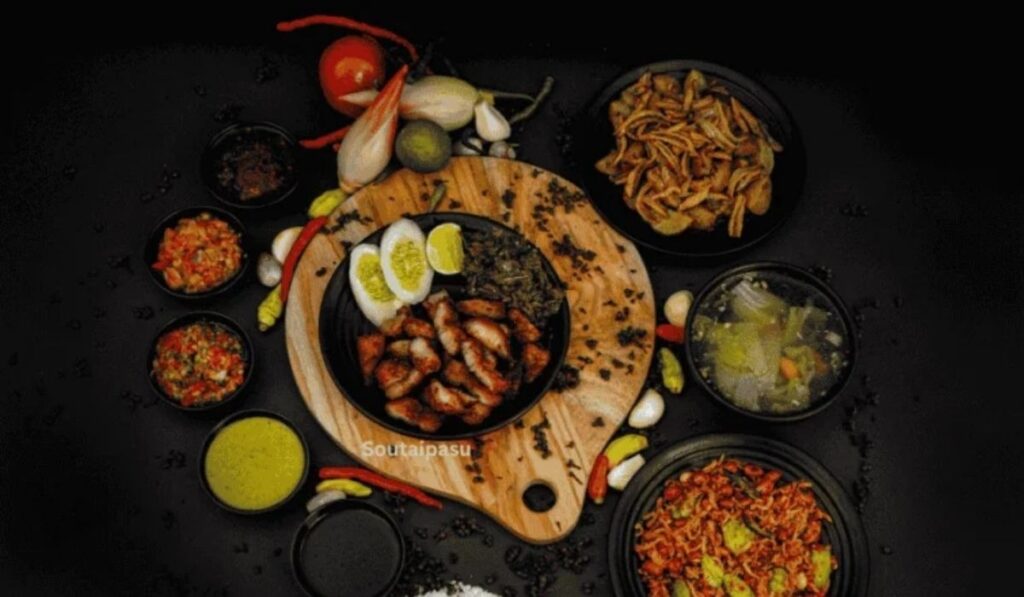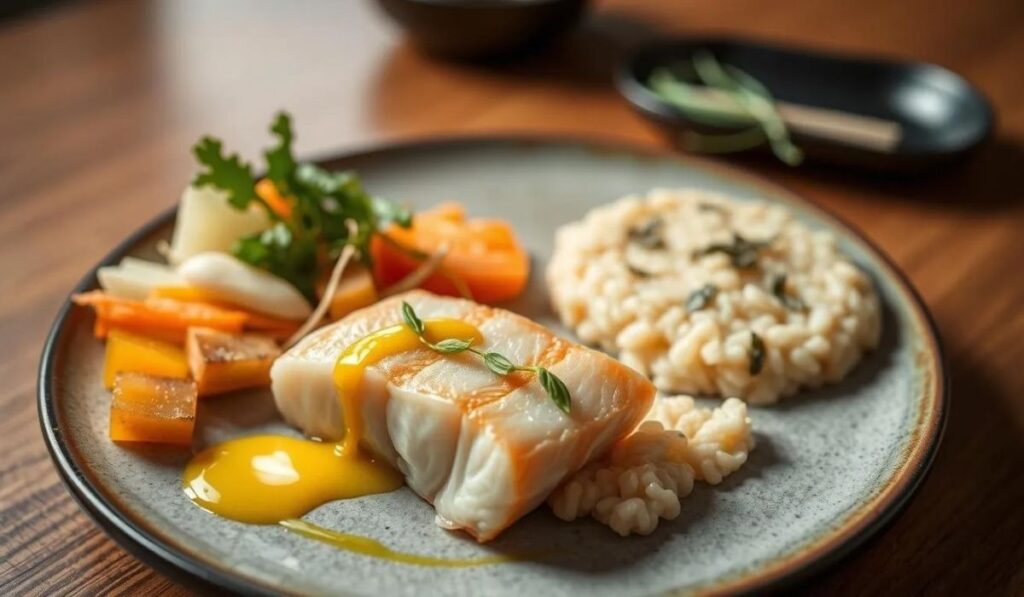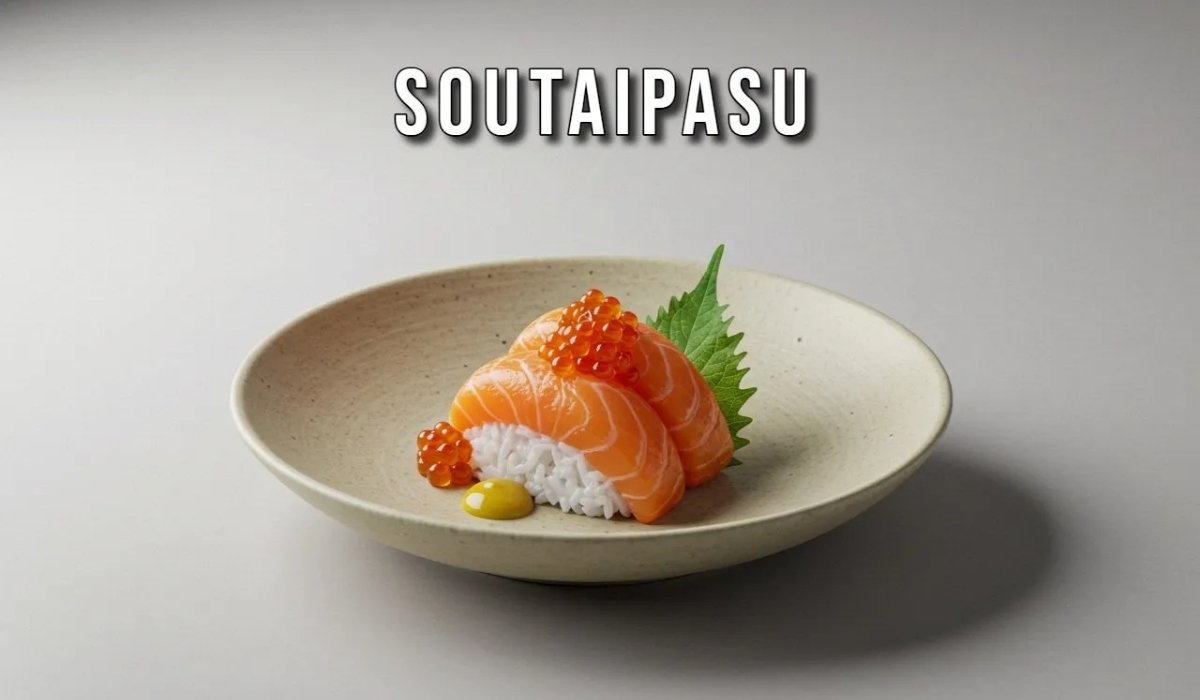Soutaipasu is not just a dish; it is an experience that transcends the ordinary boundaries of taste and tradition. Known for its mysterious origins and complex flavor combinations, represents a culinary masterpiece that has slowly gained recognition in the global food scene. This dish has captivated the attention of gourmets, chefs, and curious diners for its unusual yet balanced profile that combines both familiar and exotic notes. Its name alone sparks curiosity, as it evokes an image of something refined, artistic, and deeply rooted in cultural heritage. Understanding means diving deep into a world where every ingredient has meaning and every bite tells a story.
The Origins and History of Soutaipasu
The origins of Soutaipasu are shrouded in mystery, with different regions claiming to be the birthplace of this remarkable dish. Some culinary historians believe that Soutaipasu emerged centuries ago from a remote Asian region where traditional ingredients were blended with new flavors introduced by traveling merchants. Others claim that was first created by temple monks who sought to create a dish that symbolized harmony between the human senses and nature. Over time, evolved from a sacred preparation into a celebrated dish enjoyed during festivals and family gatherings. Despite its evolving form, the core philosophy of—balance, mindfulness, and respect for ingredients—has remained unchanged.
The Unique Ingredients of Soutaipasu

What sets Soutaipasu apart from other traditional dishes is its distinctive blend of ingredients. The foundation of often consists of fresh vegetables, delicate herbs, and aromatic spices that are selected based on the season and region. In some variations, locally sourced grains or noodles serve as the base, providing texture and body to the dish. The seasoning is perhaps the most intriguing part of, as it often includes rare spices that add depth and character. Many chefs believe that the secret to perfecting lies in the precise balance of salty, sweet, sour, and umami elements. This complex interplay creates a multi-layered taste experience that lingers long after the first bite.
The Art of Preparation
Preparing Soutaipasu is both a science and an art. The process requires patience, precision, and a deep understanding of the ingredients. Traditionally, the dish is prepared using handcrafted utensils and cooked over a slow flame to allow each component to develop its full flavor potential. Some recipes call for marinating certain ingredients for hours, while others require delicate layering to achieve the perfect texture. The cooking method often reflects the philosophy of harmony, emphasizing respect for natural flavors rather than overpowering them with artificial additives. In modern times, chefs have adapted to contemporary kitchens while preserving its original essence. This fusion of tradition and innovation has made a versatile dish that can be appreciated across cultures.
The Enigmatic Flavor Profile

Describing the flavor of Soutaipasu is a challenge, as it defies simple categorization. The first impression may be mild and earthy, followed by subtle sweetness and a gentle tang. As the flavors unfold, hints of spice and umami create a satisfying depth that evolves with every bite. Unlike dishes that rely on a single dominant taste, offers a complex symphony of sensations that harmonize beautifully. This intricate layering is what gives its enigmatic charm. Some say that the dish reflects the balance of life itself—contrasting yet complementary, simple yet profound. It is this very contrast that makes not just a meal but an exploration of sensory artistry.
Cultural Significance of Soutaipasu
Soutaipasu holds a deep cultural significance in the regions where it originated. It is often prepared during special occasions such as harvest festivals, family reunions, and traditional ceremonies. The dish symbolizes unity, gratitude, and mindfulness—values that resonate deeply in many Eastern cultures. In certain traditions, is served as a communal dish, meant to be shared among family members or guests as a gesture of hospitality. The act of preparing and eating together strengthens social bonds and reinforces a sense of togetherness. Beyond its role in celebrations, also embodies a spiritual philosophy that encourages appreciation for simplicity and respect for nature’s abundance.
Modern Interpretations of Soutaipasu

As globalization has connected cultures, Soutaipasu has found new expressions in modern cuisine. Contemporary chefs around the world have begun experimenting with this dish, blending its traditional foundation with international ingredients. Some have introduced plant-based variations, while others have incorporated seafood, poultry, or exotic spices to create bold new flavors. Despite these modern twists, the heart of remains the same—balance and harmony. In fine dining restaurants, is often presented as a culinary centerpiece, admired for its aesthetics as much as its taste. Food critics and enthusiasts alike continue to celebrate for its ability to adapt without losing its authenticity.
Health Benefits of Soutaipasu
Apart from its taste and cultural value, Soutaipasu is also known for its nutritional benefits. Many versions of the dish are rich in vitamins, minerals, and antioxidants derived from fresh vegetables and herbs. Its low-fat content and balanced use of spices make it a wholesome choice for those seeking both flavor and health. Some traditional recipes of include ingredients believed to promote digestion, strengthen the immune system, and improve overall vitality. Because the dish avoids processed components, it aligns well with modern health-conscious diets. represents the perfect blend of nourishment and enjoyment, making it a dish that satisfies both the body and soul.
Soutaipasu in Global Cuisine

As Soutaipasu gains international recognition, it has begun to influence global culinary trends. Restaurants in Europe and North America have started featuring-inspired creations on their menus, introducing diners to its unique flavor palette. Food enthusiasts often compare it to other iconic fusion dishes that blend Eastern and Western techniques. However, stands out for its subtlety and sophistication. Its growing popularity among travelers and food bloggers has turned it into a symbol of refined taste and cultural curiosity. The global fascination with demonstrates how traditional recipes can evolve and transcend borders while maintaining their original essence.
The Future of Soutaipasu
The future of Soutaipasu looks promising as more people become interested in authentic, meaningful culinary experiences. With a growing emphasis on sustainability and mindful eating, perfectly aligns with modern values. Chefs and culinary scholars are working to document and preserve its traditional recipes, ensuring that its legacy continues for generations to come. As food culture evolves, may become a bridge connecting old traditions with new innovations. It is not just a dish but a representation of how food can tell stories, express identity, and unite people across the world.
Conclusion
Soutaipasu remains one of the most intriguing and captivating dishes in the world of gastronomy. Its mysterious origins, complex flavor profile, and deep cultural meaning make it a timeless culinary treasure. Whether experienced in a traditional setting or reimagined by modern chefs, continues to inspire awe and admiration. To taste is to embark on a journey through history, culture, and the human senses. It is a reminder that great food goes beyond sustenance—it connects us, teaches us, and reveals the beauty of diversity through the universal language of flavor.
Frequently Asked Questions
1. What exactly is Soutaipasu?
- Soutaipasu is a traditional dish known for its unique balance of flavors, combining sweet, savory, and umami elements. It is deeply rooted in cultural traditions and represents harmony in taste and preparation.
2. Where did Soutaipasu originate?
- The origins of Soutaipasu are believed to be from an ancient Asian region, though its exact birthplace remains a mystery. Over time, it has evolved and spread to various parts of the world.
3. What makes Soutaipasu different from other traditional dishes?
- Soutaipasu stands out due to its distinctive flavor layering, careful ingredient balance, and philosophical approach to cooking that emphasizes harmony and mindfulness.
4. Is Soutaipasu a healthy dish?
- Yes, Soutaipasu is generally considered healthy. It typically includes fresh vegetables, herbs, and natural spices that contribute to its nutritional value and make it suitable for balanced diets.
5. Can Soutaipasu be adapted for modern cooking styles?
- Absolutely. Many modern chefs have adapted Soutaipasu to contemporary kitchens by adding new ingredients or techniques while maintaining its traditional spirit and essence.









